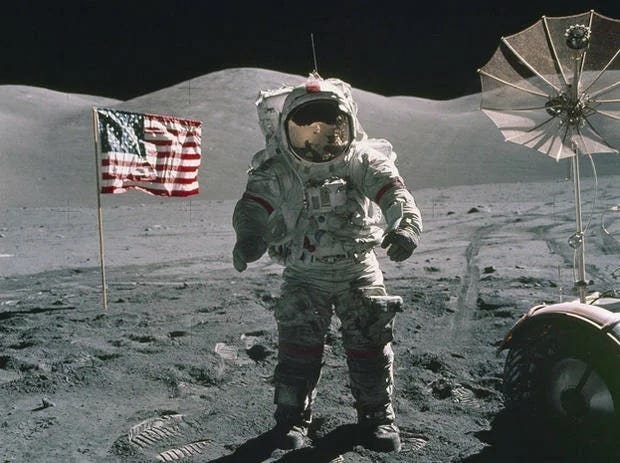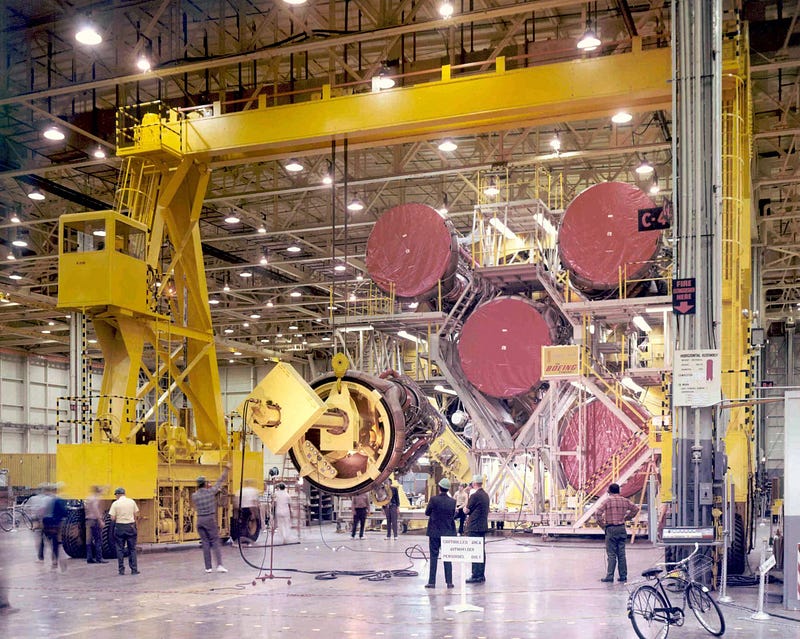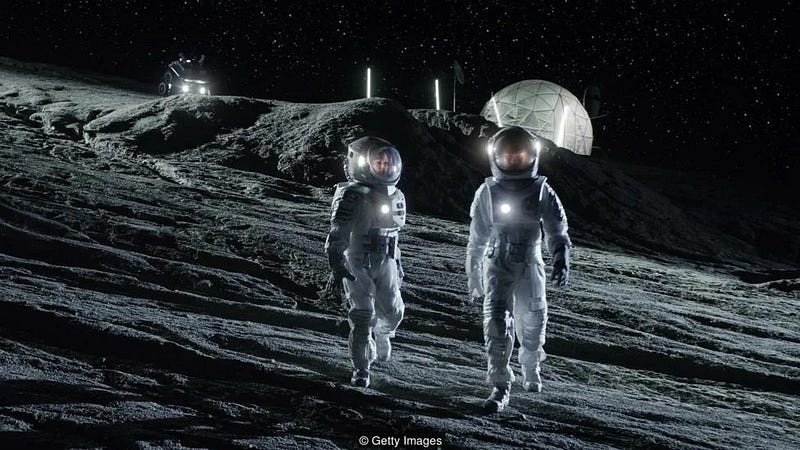Why the U.S. Abandoned Plans for a Moon Base: Historical Insights
Written on
Chapter 1: The Apollo Program's Legacy
In 1969, humanity celebrated a monumental achievement in space exploration with the Moon landing. Following this historic event, there were five additional landings as part of the Apollo program, which continued until 1972. However, the ambitious endeavor of establishing a Moon base was ultimately shelved. What factors led to this decision?

Creating a lunar base would have presented a massive challenge, demanding innovative solutions to numerous technical and scientific obstacles. While this complexity is significant, this article will emphasize the economic reasons that hindered such a project.
Section 1.1: Economic Constraints of the 1970s
During the Apollo era, the U.S. economy was not in a position to finance the construction of a Moon base. At its height, the Apollo program consumed approximately 5.5% of the federal budget, an unprecedented commitment to space exploration for any nation.

To put this in perspective, NASA's current budget comprises merely 0.49% of the federal budget, with less than half allocated specifically for space exploration. The remainder is directed toward aviation, physics, energy, and other scientific fields.
To establish a lunar base comparable in size to the International Space Station (ISS), numerous rocket launches would have been essential to transport building materials, machinery, and supplies for astronauts. The U.S. industrial sector during the 1970s was ill-equipped to manage the logistics of conducting up to ten lunar launches annually over several years.

For instance, the Saturn V rocket had a two-year production cycle, and NASA could only manufacture two rockets at a time. This meant that the U.S. could realistically send one rocket to the Moon each year, or possibly two under ideal conditions, making the dream of a lunar base a decades-long endeavor.

To accelerate this process, substantial investments in production capabilities would have been necessary, leading to skyrocketing costs for the lunar program. The U.S. could only feasibly support a lunar base if space program funding increased dramatically, potentially to 10%, 20%, or even 30% of the national budget.
Section 1.2: Public Sentiment and Political Feasibility
It's crucial to understand that NASA operates solely on the budget allocated by the U.S. Congress. By the 1970s, a significant portion of the American public (about 60%) already viewed spending on space exploration as excessive. It would have been challenging for any politician, regardless of their enthusiasm for lunar exploration, to advocate for a substantial increase in funding for space initiatives.

Moreover, the economic landscape of the 1970s, marked by the oil crisis and a recession, further complicated the prospects for increased space funding. Consequently, the idea of establishing a Moon base was not taken seriously during that time.
Chapter 2: A New Era for Lunar Exploration
Today, the possibility of building a Moon base seems more attainable, thanks to advancements in technology and the emergence of private space companies like SpaceX and Blue Origin. The landscape of space exploration has transformed significantly since the 1970s.
The first video titled "Why is it so hard to return to the moon?" explores the complexities and challenges involved in lunar missions today.
The second video, "Why Is It So Difficult To Build A Lunar Base If There Is Already One In Space?" delves into the ongoing challenges of establishing a permanent presence on the Moon.
If you wish to read more articles about space, feel free to clap! Subscribe to our channel and send in your questions, which I will address in future articles. If you appreciate my work, consider supporting me by joining Medium for just $5 a month, helping us produce even better content.